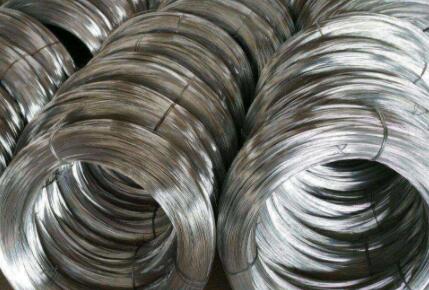The Perfect Cage for Climbing Plants A Guide to Enhancing Your Garden
Climbing plants are a captivating addition to any garden, offering beauty, shade, and vertical interest that can transform even the simplest landscapes. However, to truly thrive and showcase their potential, these plants often require some form of support. This is where cages for climbing plants come into play. A well-designed cage not only provides the necessary structure for climbing but also enhances the aesthetic appeal of your garden. In this article, we'll explore the types of cages available, their benefits, and how to choose the perfect one for your climbing plants.
Understanding Climbing Plants
Climbing plants, which include varieties like sweet peas, clematis, and honeysuckle, are known for their natural ability to scale vertical structures. They employ different climbing methods, such as twining, tendrils, or adhesive pads. While many climbing plants can attach themselves to fences, trellises, or trees, some benefit significantly from a dedicated cage. These cages offer a robust support system, allowing plants to grow upwards and outward, creating a lush, green environment.
Types of Cages for Climbing Plants
1. Wire Cages One of the most common options, wire cages provide a sturdy and flexible structure for climbing plants. They can be easily shaped and resized, making them perfect for various types of plants. Wire cages can be made from galvanized steel, which resists rust and decay, ensuring longevity.
2. Trellis Cages Trellises come in many designs and styles, from simple wooden slats to elaborate metal structures. They provide ample space for climbing plants to attach, and their decorative nature can enhance the garden's aesthetic. Trellis cages are particularly suited for flowering climbers, offering stunning displays during blooming seasons.
3. Bamboo Cages For a more natural look, bamboo cages can be a beautiful choice. They are lightweight, sustainable, and blend seamlessly into garden settings. Bamboo can be bundled and secured to create a support system that is effective yet visually appealing.
4. Plastic or Composite Cages These modern materials offer durable, lightweight alternatives to traditional cages. They are resistant to weather and decay, making them a practical option for long-term garden use. Many plastic cages come in various colors and designs, allowing for customization in your garden space.
Benefits of Using Cages for Climbing Plants
cage for climbing plants

- Improved Growth Cages provide the necessary support that allows climbing plants to reach their full potential, resulting in healthier, more vigorous growth. - Maximized Space Utilizing vertical space is essential in small gardens. Cages allow you to grow more plants in limited areas, promoting an efficient use of your garden bed.
- Enhanced Visual Appeal Cages can serve as focal points in your garden. The structure combined with the lush foliage and flowers of the climbing plants creates dynamic visual interest year-round.
- Easier Maintenance With climbing plants structured within a cage, maintenance tasks such as watering, pruning, and pest control become more manageable. The plants are less likely to spread uncontrolled or tangle with neighboring plants.
Choosing the Right Cage
When selecting the perfect cage for your climbing plants, consider the following factors
- Plant Type Different climbing plants have unique support needs. Understand the growth habit and requirements of the plant you wish to support to choose an appropriate cage.
- Height and Width Ensure that the cage is tall enough for your plants to climb and wide enough to accommodate their growth.
- Material Consider the aesthetics and durability of the cage material. Choose a style that complements your garden decor while providing robustness against weather elements.
- Installation Some cages require more complex installation than others. Ensure that you are comfortable assembling your chosen option or opt for those that are easy to set up.
In conclusion, a cage for climbing plants is an invaluable addition to any garden. It not only supports plant growth but also enhances the overall beauty and functionality of the space. By understanding the types of cages available and their benefits, you can create a thriving garden filled with vibrant climbing plants that will delight you and any visitors for years to come.

















